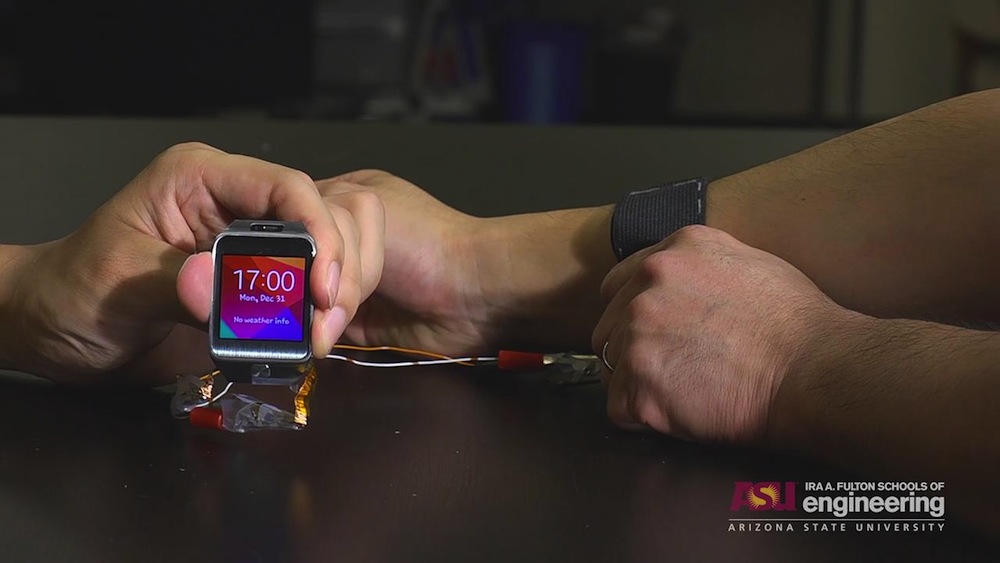Stretchy 'Origami Batteries' Could Power Smart Clothing

Stretchy batteries inspired by origami could power smartwatches and other wearable electronics, researchers say.
Increasingly, scientists worldwide are developing flexible electronics, such as video displays and solar panels, that could one day make their way into clothing and even human bodies. But one limitation of these devices is the scarcity of equally flexible batteries to power them or store energy they generate.
Although prior research has created bendable batteries, it has proven more challenging to developing ones that are stretchy versions has proven more challenging, researchers said. Now, inventors have created lithium-ion batteries that can stretch to more than 150 percent of their original size, while remaining capable of powering devices. [Top 10 Inventions that Changed the World]
Hanqing Jiang, an associate professor of mechanical and aerospace engineering at Arizona State University in Tempe, came up with the new device after "talking with an origami artist who showed me some famous origami patterns," he said. One of these patterns, known as the Miura-ori fold, is currently used to fold large maps into small rectangles, and was originally invented to help pack solar panels efficiently on spacecraft.
One problem with using principles of origami to create electronics is that folding often produces uneven surfaces. This can make it difficult to integrate these devices with other electronics, the researchers said.
Instead, Jiang and his colleagues used a variation of origami known as kirigami to create their stretchable batteries. Whereas conventional origami uses only folding to create structures, kirigami uses both folding and cutting. The technique results in structures whose surfaces can stay even after stretching.
"We found a new approach to make stretchable structures using conventional manufacturing approaches," Jiang said.
Sign up for the Live Science daily newsletter now
Get the world’s most fascinating discoveries delivered straight to your inbox.
The batteries were created using slurries of graphite and lithium cobalt dioxide, which together can store and release electricity. These slurries were coated onto sheets of aluminum foil, and kirigami techniques were then used to fold and cut the sheets into stretchy serpentine shapes.
In experiments, the new batteries could power a Samsung Gear 2 smartwatch even when stretched, the researchers said. The batteries could easily be sewn into a stretchy wristband, which suggests they could be used in flexible wearable devices.
Another research team recently developed a battery that could stretch to 300 percent its original size. In this device, the energy-storing materials were sandwiched between thin sheets of silicon rubber. Jiang said his new battery has an advantage over this previous battery because his is compatible with commercially available manufacturing technologies.
The researchers are now working on creating microscopic origami patterns to combine stretchable batteries with microelectronics. Jiang and his colleagues detailed their findings online June 11 in the journal Scientific Reports.
Follow Live Science @livescience, Facebook & Google+. Originally published on Live Science.










